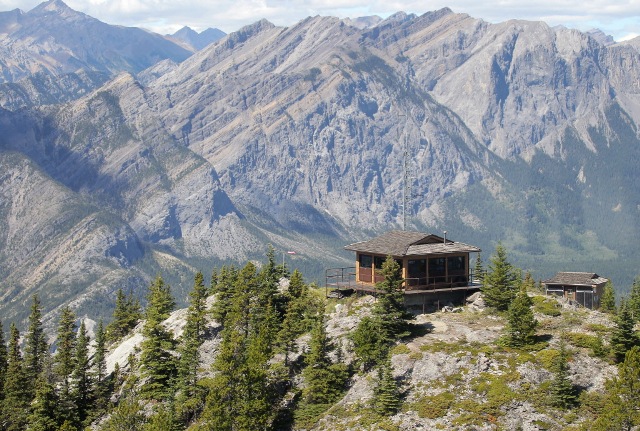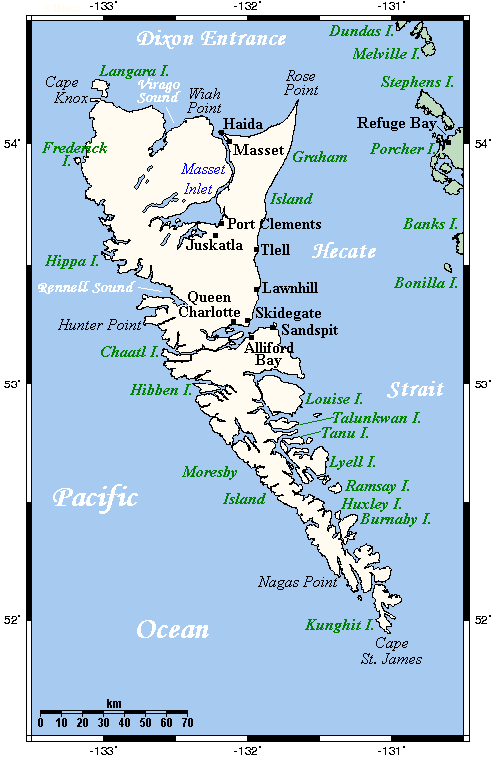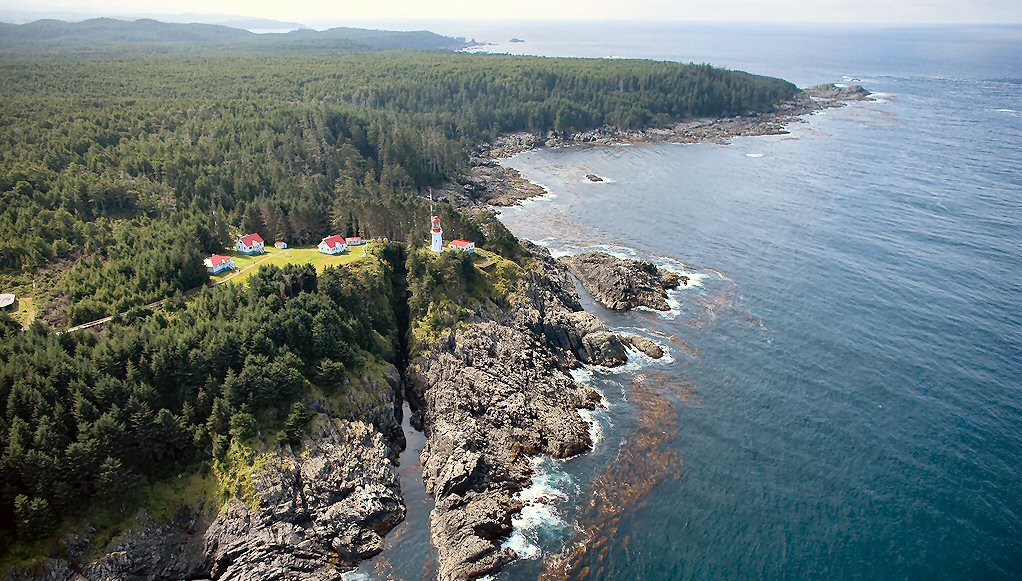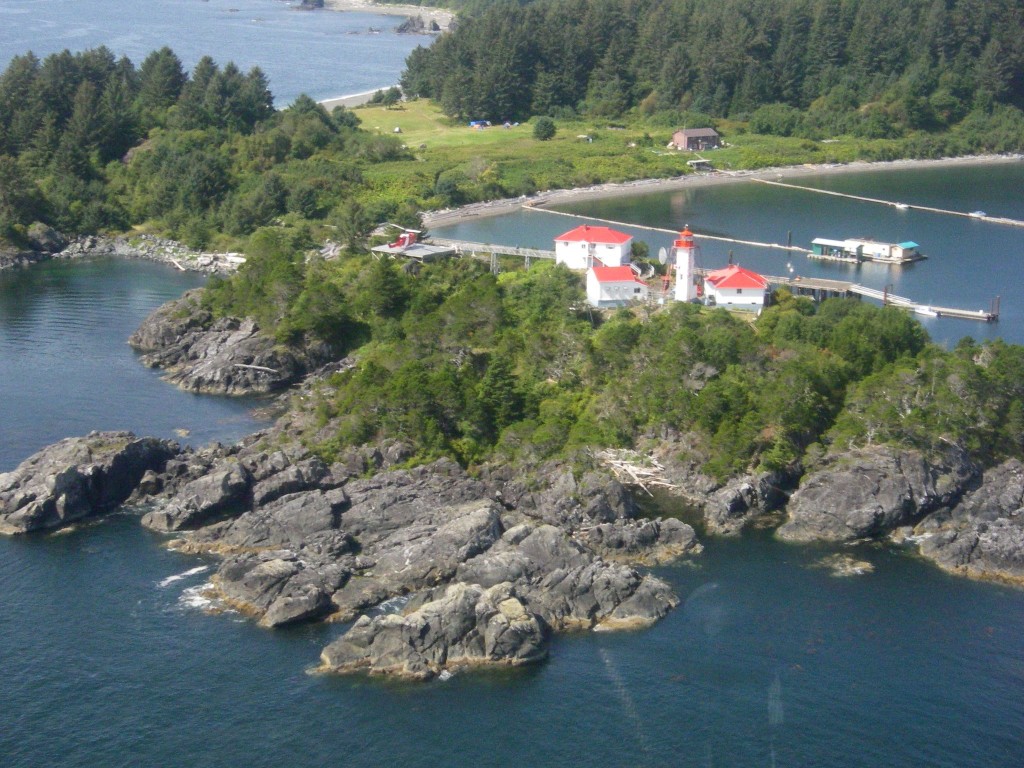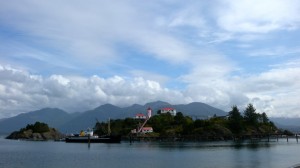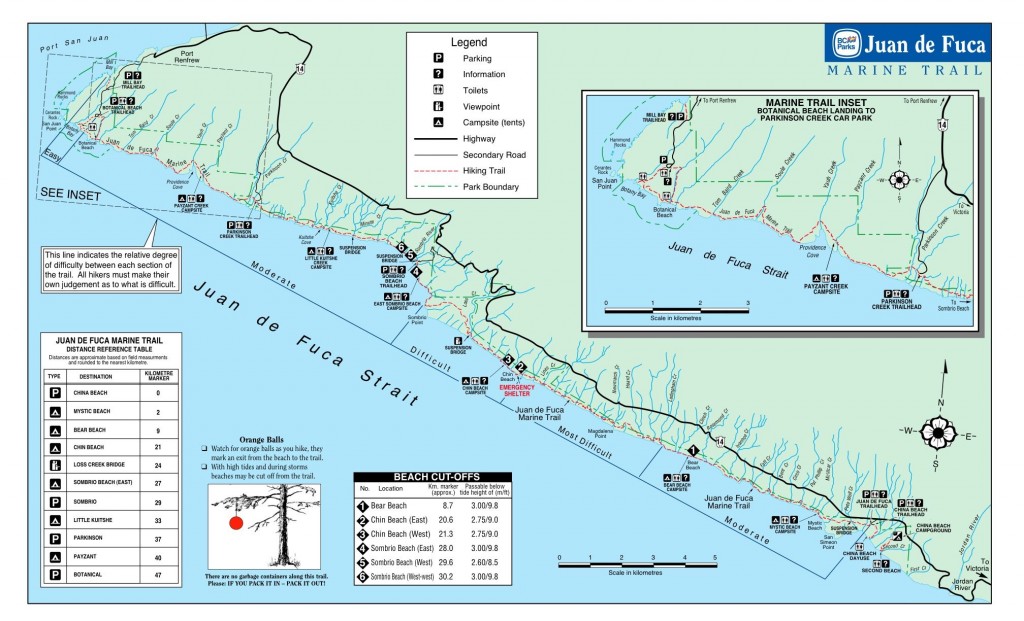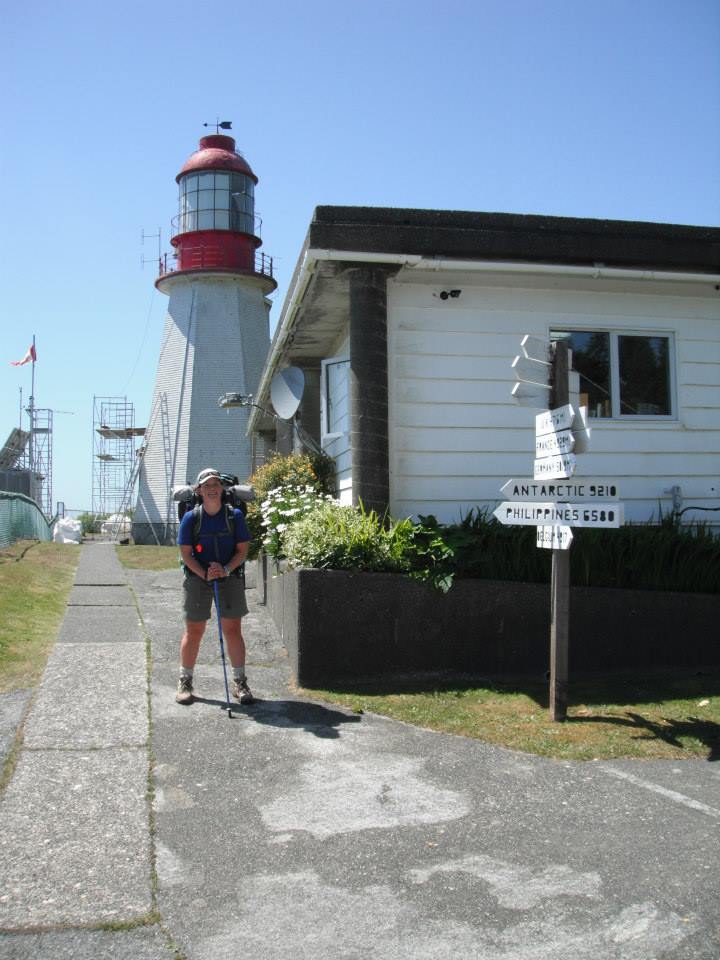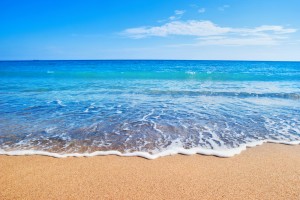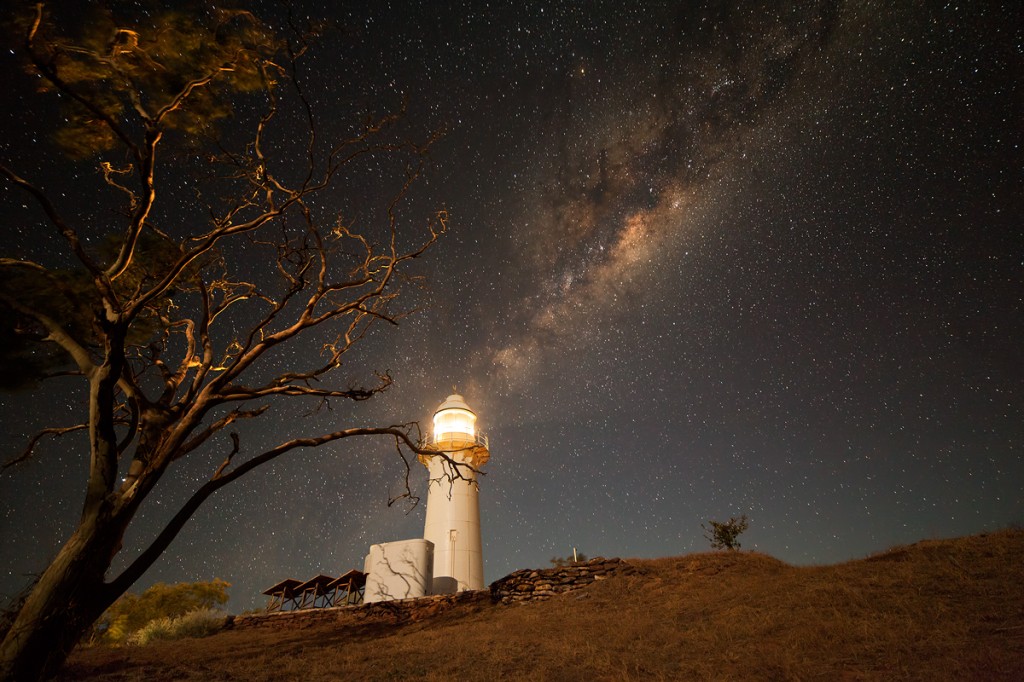For an update on what a Mise Tale is then please see Mise Tales One.
August 26, 2013 Vancouver Sun
Keeping the light on at Point Atkinson
When the Point Atkinson lighthouse was built 130 years ago, it was designed to protect shippers in the Strait of Georgia. Now the lighthouse itself is in need of a benefactor. . . . more
[private] Keeping the light on at Point Atkinson

The Point Atkinson Lighthouse at Lighthouse Park in West Vancouver stands guard at the mouth of Burrard Inlet May 11, 2004.
Photograph by: RIC ERNST , PNG
When the Point Atkinson lighthouse was built 130 years ago, it was designed to protect shippers in the Strait of Georgia. Now the lighthouse itself is in need of a benefactor.
The Department of Fisheries and Oceans and the District of West Vancouver are discussing ways to put the lighthouse into the hands of the community after Point Atkinson — along with 18 other B.C. lighthouses — was deemed “surplus” to the federal government’s needs three years ago and offered up for sale or transfer.
“In reflection, (the federal government) realized some of the national historic sites aren’t going to go to the highest bidder,” said Brent Leigh, deputy chief administrative officer at the District of West Vancouver, which has a co-management agreement with the government to maintain the lighthouse.
“They expect to work with the district in a community-based program that would ensure that we retain community use … Point Atkinson is one of our most beloved community assets.”
Originally built on a rocky cliff in 1875, the lighthouse has been more than just a beacon of hope for shippers over the centuries. It has also recorded a series of historical firsts as time went on, as chronicled in the book Keepers of the Light, written by one of the last lightkeepers, Donald Graham:
1774: Captain Vancouver rows past the point and names it for a ”particular friend.”
1872: The Marine Department awards contract to Arthur Finney to build the lighthouse.
1875: New lighthouse exhibits fixed white light illuminated by two coal oil lamps and silver-plated copper reflectors.
1875: Edwin Woodward and his wife land at the station.
1876: James Atkinson Woodward, the first white child born in West Vancouver, is born there.
1881: 185-acre park created as a Lighthouse Reserve.
1889: Scotch siren fog signal, powered by a coal-generated steam plant installed to help shippers navigate the fog.
1912: Original tower replaced by 60-foot-high concrete tower. Light replaced by a vaporized oil lamp.
1960: Vaporized oil lamp replaced by electric light bulb.
1994: Lighthouse designated a National Historic Site.
1996: Point Atkinson refitted with an automated solar-powered light.
Donald Graham and Gerry Watson were the last lightkeepers. Graham’s wife Elaine still lives in the cottage at Lighthouse Park.
With files from Canadian Lightkeepers Association website

